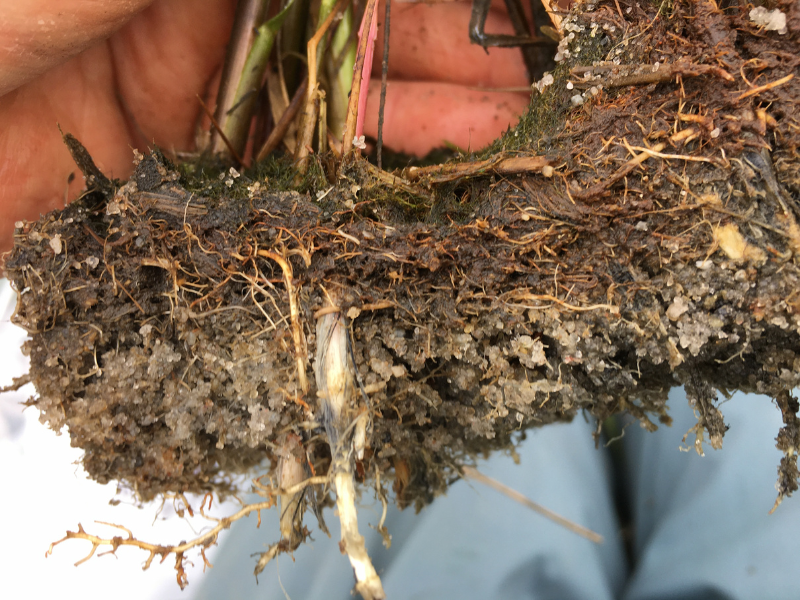Conservation
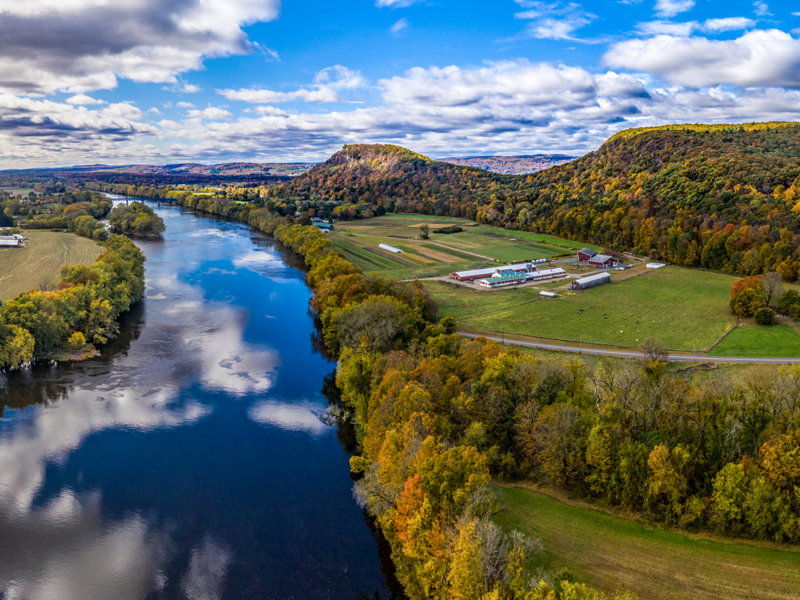
This week, ASA, CSSA, and SSSA offered comments to the Natural Resources Conservation Service (NRCS) regarding implementation of funding received through the Inflation Reduction Act (IRA) to support climate-smart agriculture and conservation that reflect the boots-on-the-ground realities facing producers enrolling and implementing conservation programs. We likewise were pleased to provide input from the scientific community on innovative means to quantify outcomes and tackle these challenges.

Here’s what you’ll find in this newsletter:
-
A few big things happening in Washington, DC and beyond.
-
Hot off the press statements and activities from the ASA, CSSA, and SSSA science policy office
-
Engagement opportunities to help you build advocacy skills. Look for the plant symbol for other calls to action throughout the newsletter.
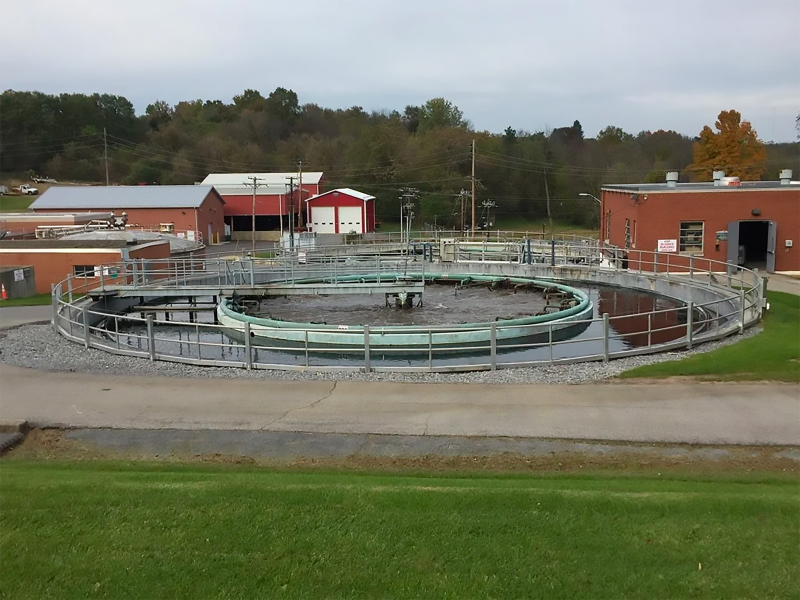
Sewage treatment plants provide an important service to communities around the world. Through several processes, these facilities take dirty water and transform it into water that can be reused safely. Treating water that comes from our homes and offices – domestic wastewater - to be reintroduced into the environment protects both human and environmental health.
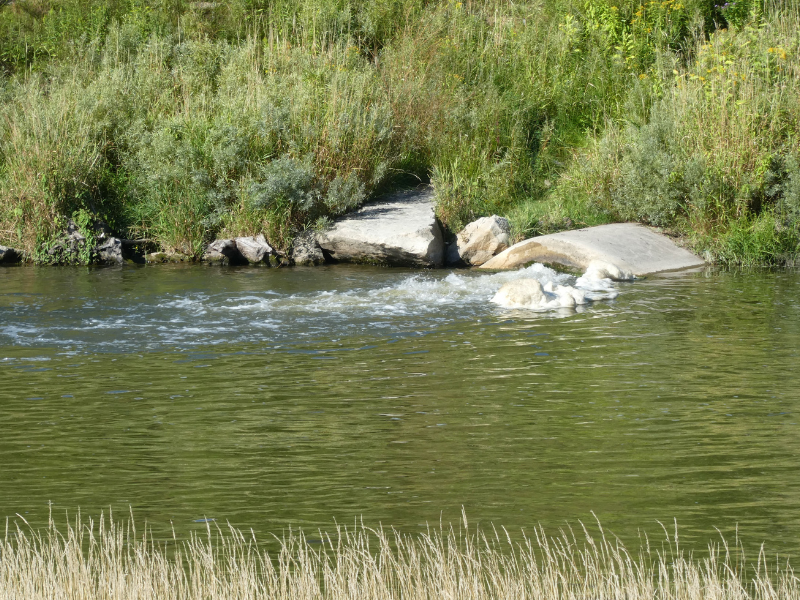
Have you ever thought about where your waste goes? For people living in cities, it goes to a treatment plant. However, treated wastewater ultimately finds its way into a local waterway. This means it could end up in your nearby stream, river, or lake.
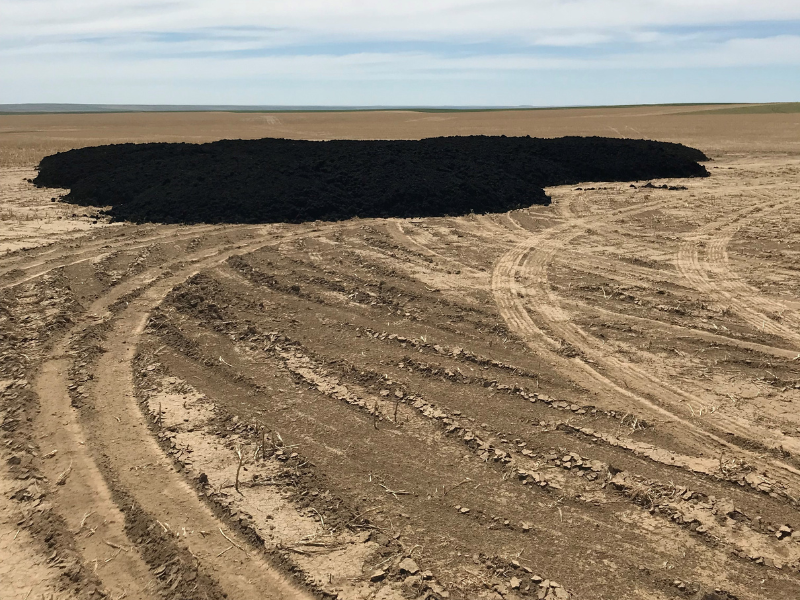
For more than four decades, biosolids have been applied to land and studied by researchers for many useful purposes. Biosolids are a product of the wastewater treatment process. Yes, that means sewage. However, the sewage is treated carefully to ensure it has beneficial properties and is not harmful.
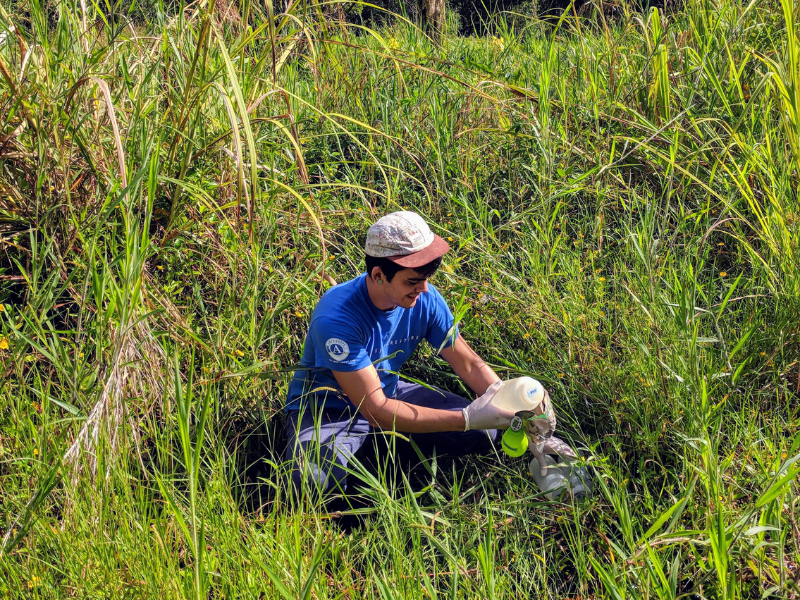
During heavy rains, Hawaii’s streams, rivers, and nearshore waters change on microscopic levels. Bacteria in these aquatic systems increase, and some of these bacteria can be harmful to human health. They can cause problems like gastroenteritis – also known as the stomach flu – as well as skin and respiratory diseases.
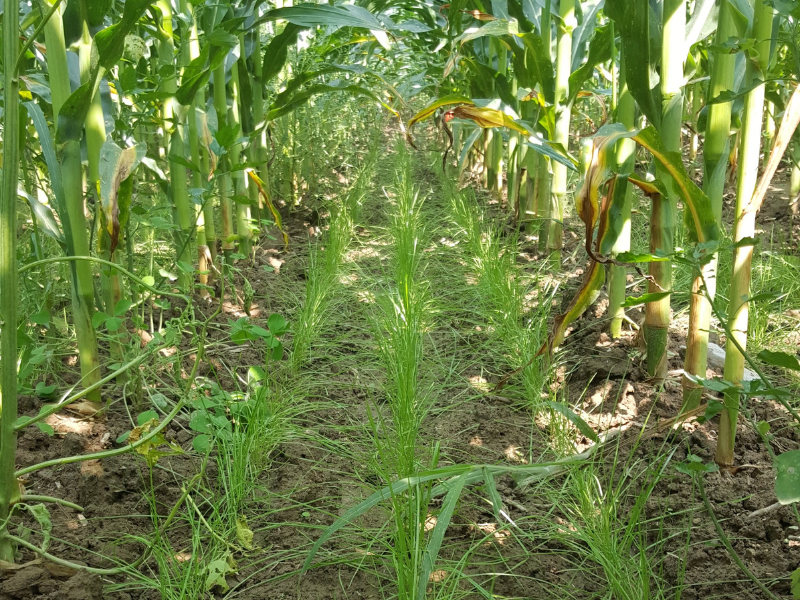
Fields of amber grain may be the poetic image of American farmland. And it’s true that the U.S. grows plenty of wheat. But fields of yellow grain – corn – may be more accurate.
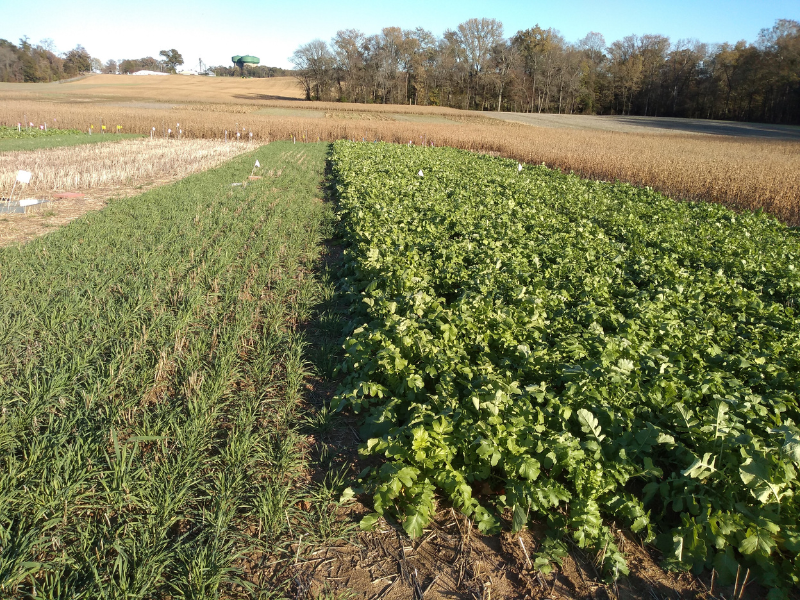
The Chesapeake Bay once produced tens of millions of bushels of oysters a year. Today, the oyster harvest is below one percent of these historic highs.
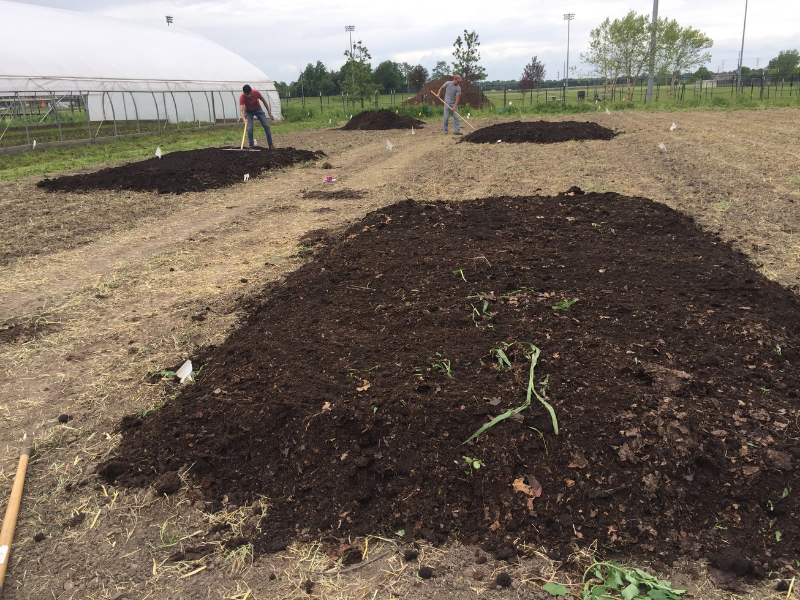
Many urban gardeners know that adding ingredients like compost and mulch to their soil has great benefits. But it can be difficult to know what to add and why. Researchers at Purdue University gathered scientific evidence about one specific soil addition, leaf mold compost, and how it benefits tomato plants.

